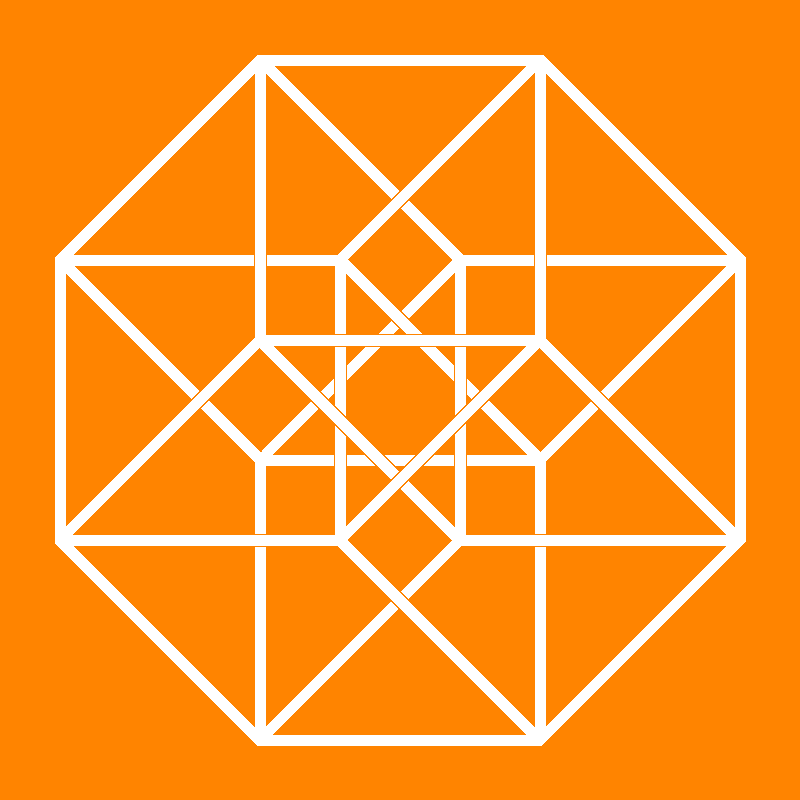
Journal for Geometry and Graphics 19 (2015), No. 1, 043--055
Copyright Heldermann Verlag 2015
Design and Application Studies for a Cupola Forming Orbital Arrangement of Miura-Ori Basic Units
Martin Barej
Dept. of Mechanism Theory and Dynamics of Machines, RWTH Aachen, Knackertstr. 16-18, 52072 Aachen, Germany
barej@igm.rwth-aachen.de
Susanne Hoffmann
Lehrstuhl für Tragkonstruktionen, RWTH Aachen, Schinkelstr. 1, 52062 Aachen, Germany
hoffmann@trako.arch.rwth-aachen.de
Christian Knief
Dept. of Mechanism Theory and Dynamics of Machines, RWTH Aachen, Knackertstr. 16-18, 52072 Aachen, Germany
Martin Trautz
Lehrstuhl für Tragkonstruktionen, RWTH Aachen, Schinkelstr. 1, 52062 Aachen, Germany
trautz@trako.arch.rwth-aachen.de
Burkhard Corves
Dept. of Mechanism Theory and Dynamics of Machines, RWTH Aachen, Knackertstr. 16-18, 52072 Aachen, Germany
corves@igm.rwth-aachen.de
Deployable folded plate structures are a promising design principle for technical applications. Their two main abilities, providing stiffness in the folded or partially folded state and changing their shape between a folded and an unfolded state, make them predestinated especially for self-supporting convertible structures in architecture.
For reasons of cost effectiveness and assembly, structures based on repeating folding patterns like those from Tessellation Origami are the preferred source of inspiration. The probably most studied folding pattern is Miura-Ori. Its variations reach from fully regular patterns consisting of only one type of elements to completely irregular ones. Derivatives can cover tapered areas instead of rectangular ones or form arcs instead of remaining planar.
This paper presents variations of a pattern derived from Miura-Ori, whereby different configurations as well as changes of dimensional parameters are taken into account. The different variations are characterized by specifications like their numbers of elements and folds, the covered area or the folding sequence. The prospect of possible applications includes concepts using the unfolded but also concepts using the folded or partially folded state.
Keywords: Tessellation Origami, variations of Miura-Ori, orbital arrangement, application studies, foldable structures in architecture.
MSC: 51M20; 00A67
[ Fulltext-pdf (5351 KB)]